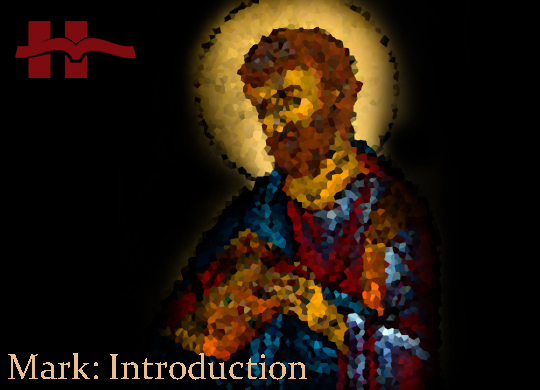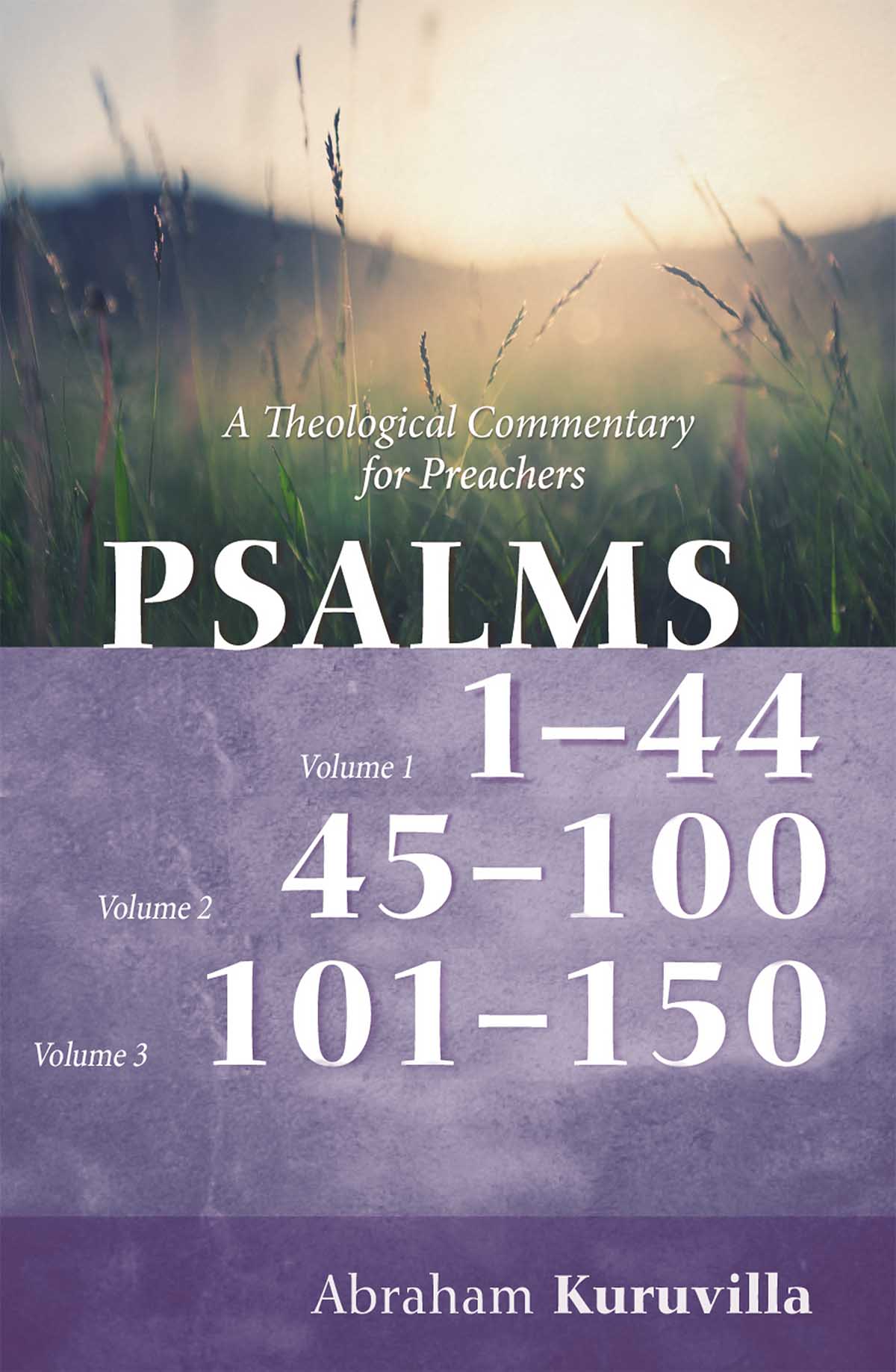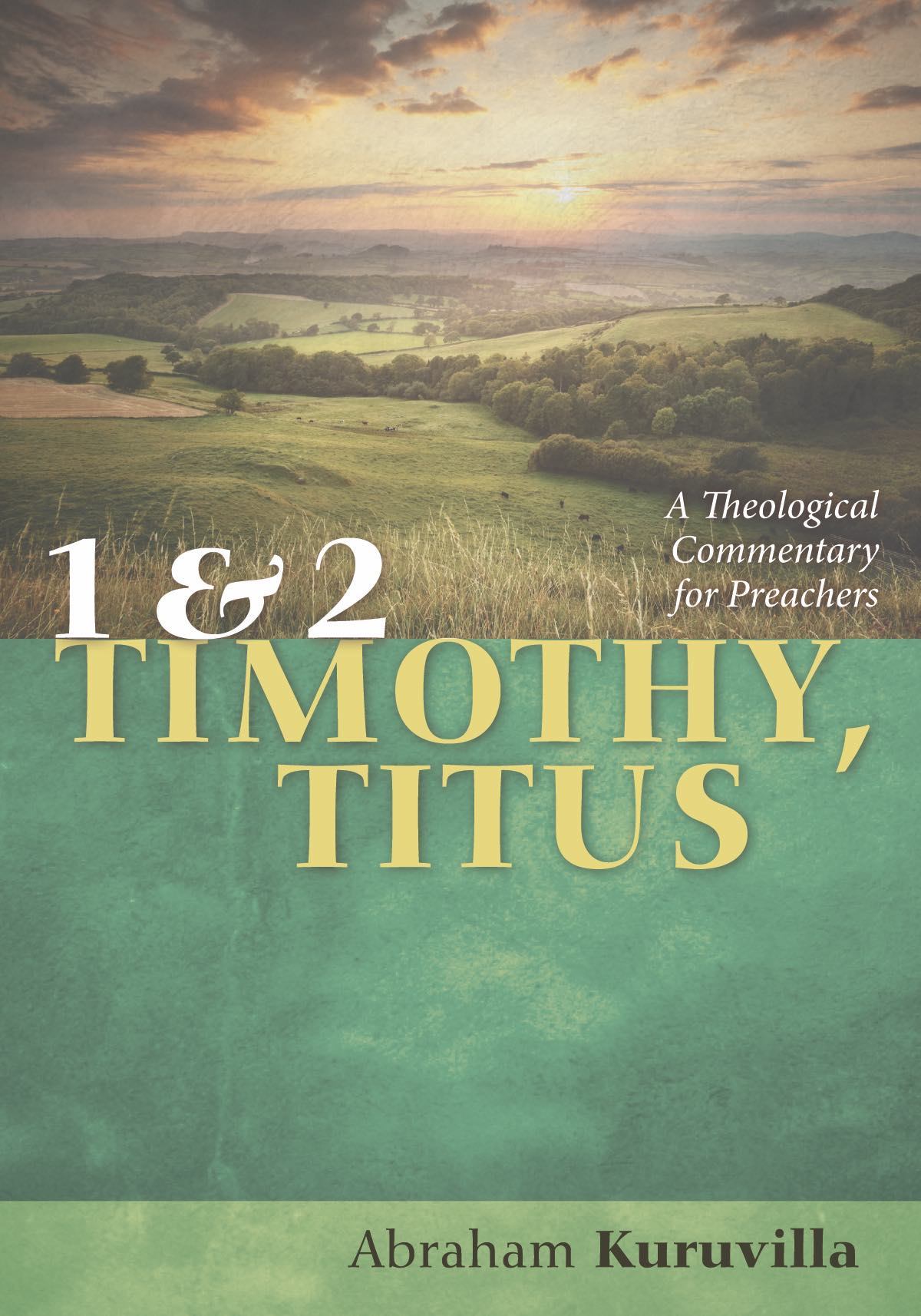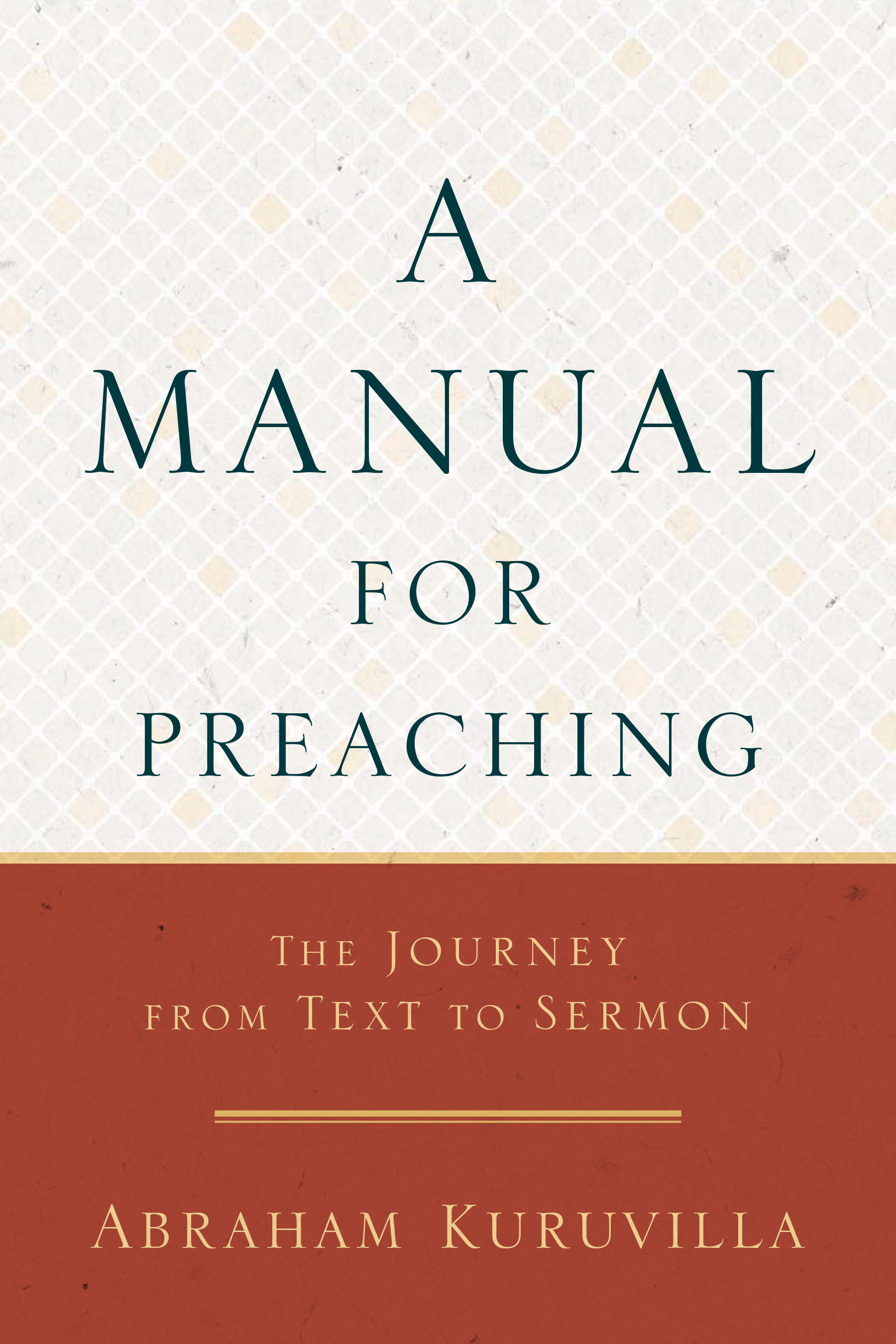Mark: Introduction

After the series of posts for the last few months on the theology of preaching and what authors do with what they say, I am planning to go through the Gospel of Mark, pericope by pericope, here on the aBeLOG. This will essentially be a distillation of what is in my commentary (Mark: A Theological Commentary for Preachers; more on the book here). Of course, the book contains far more detail than can be reproduced here in a blogpost of 500–600 words. So—shameless plug!—you may want to get yourself a copy of the commentary, if what shows up on the aBeLOG whets your appetite.
Well, here we go, with a general introduction to the Gospel.
“If anyone wishes to follow behind Me, let him deny himself and take up his cross and follow Me!”
Mark 8:34
Early church tradition and considerable evidence, both internal and external, affirm the target audience to have been Christians in Rome, perhaps in the mid-60s C.E., probably when Peter was still living. The dark clouds of Emperor Nero’s persecution are on the horizon, and it is quite likely that in this tumultuous situation in Rome, followers of Jesus Christ were sorely shaken and filled with doubt. Was all the suffering they were going through (or about to go through) normal? How should they respond? What exactly did it mean to follow Jesus? Mark, it seems, was providing answers to such troubling questions.
This book is about how ordinary men and women of all ages and all places can, like those early followers, embark on the “Trip of Discipleship” with Jesus, and be a part of the kingdom that Jesus is consummating. Mark’s Gospel may be conveniently structured this way, with the three Acts of Mark corresponding to three broader themes of discipleship in the Gospel:
Act I: In Galilee: Discernment of Jesus’ Person (1:1–8:26)
Act II: On the way: Acceptance of Jesus’ Mission (8:27–10:52)
Act III: In Jerusalem: Faithfulness to Jesus (11:1–16:8)
The Greek word hodos (“way”) occurs sixteen times in Mark: 1:2, 3; 2:23; 4:4, 15; 6:8; 8:3, 27; 9:33, 34; 10:17, 32, 46, 52; 11:8; 12:14. This Gospel begins by announcing that Jesus, himself, has a way (1:2), one that will be seen later to end at the cross. The concept of following Jesus “on the way” is, of course, not foreign to the NT. The picture of the Christian life as a pilgrimage is widely utilized therein: Acts 9:2; 19:9, 23; 22:4; 24:14, 22 (where Christians are said to belong to “The Way”); Jesus himself is the “way” (John 14:6). In the OT, the call and journey of Abraham, the Exodus, the exile and the return of the Israelites, etc., are templates for the journey motif.
Thus, Mark seeks to inspire the follower of Jesus to discern his person, accept his mission, and be faithful to him till the end. The disciple is one who follows Jesus, discerning his person, accepting his mission, and being faithful to him, on the way to glory … through suffering.
The rest of the Gospel guides the follower through this “Trip of Discipleship.”











 Abe Kuruvilla is the Carl E. Bates Professor of Christian Preaching at The Southern Baptist Theological Seminary (Louisville, KY), and a dermatologist in private practice. His passion is to explore, explain, and exemplify preaching.
Abe Kuruvilla is the Carl E. Bates Professor of Christian Preaching at The Southern Baptist Theological Seminary (Louisville, KY), and a dermatologist in private practice. His passion is to explore, explain, and exemplify preaching.